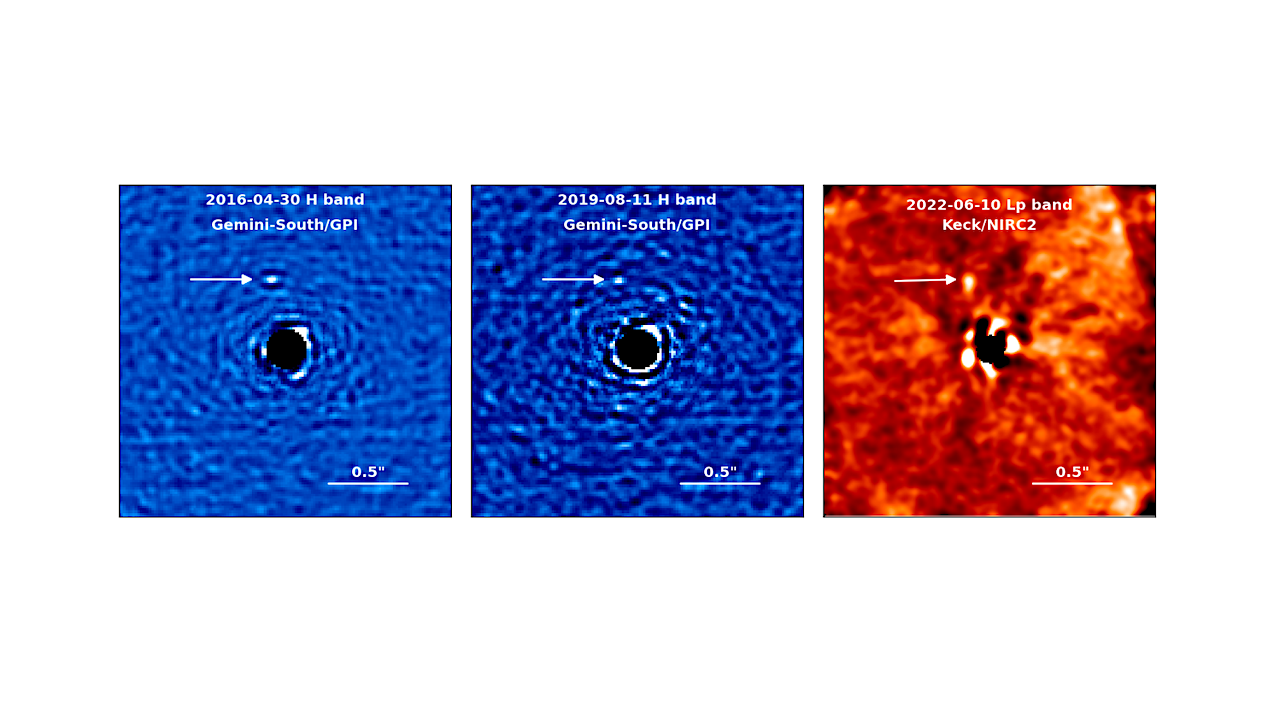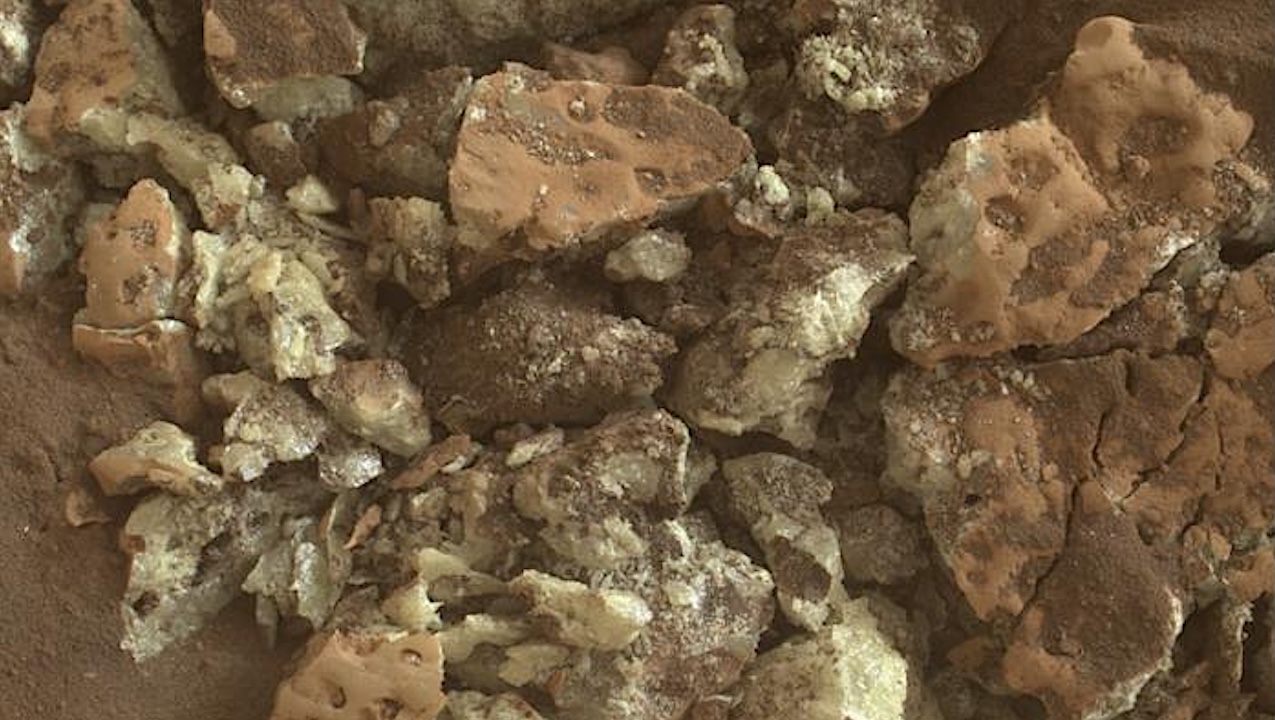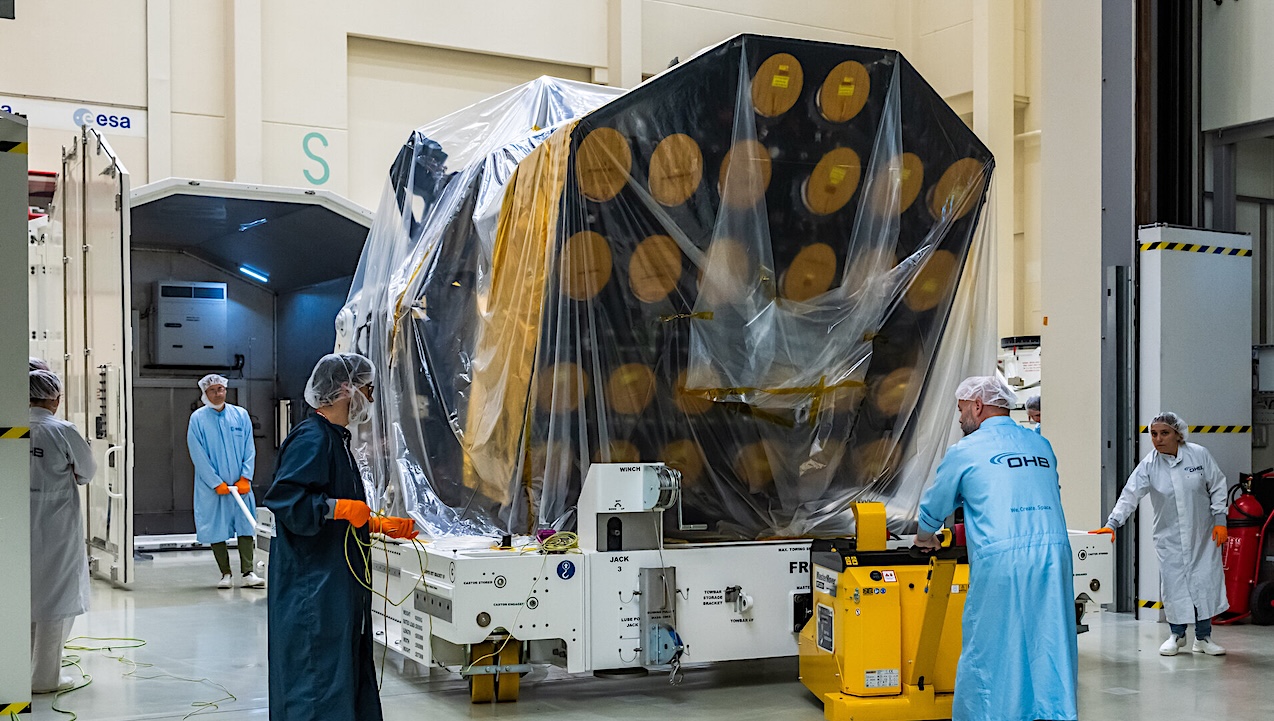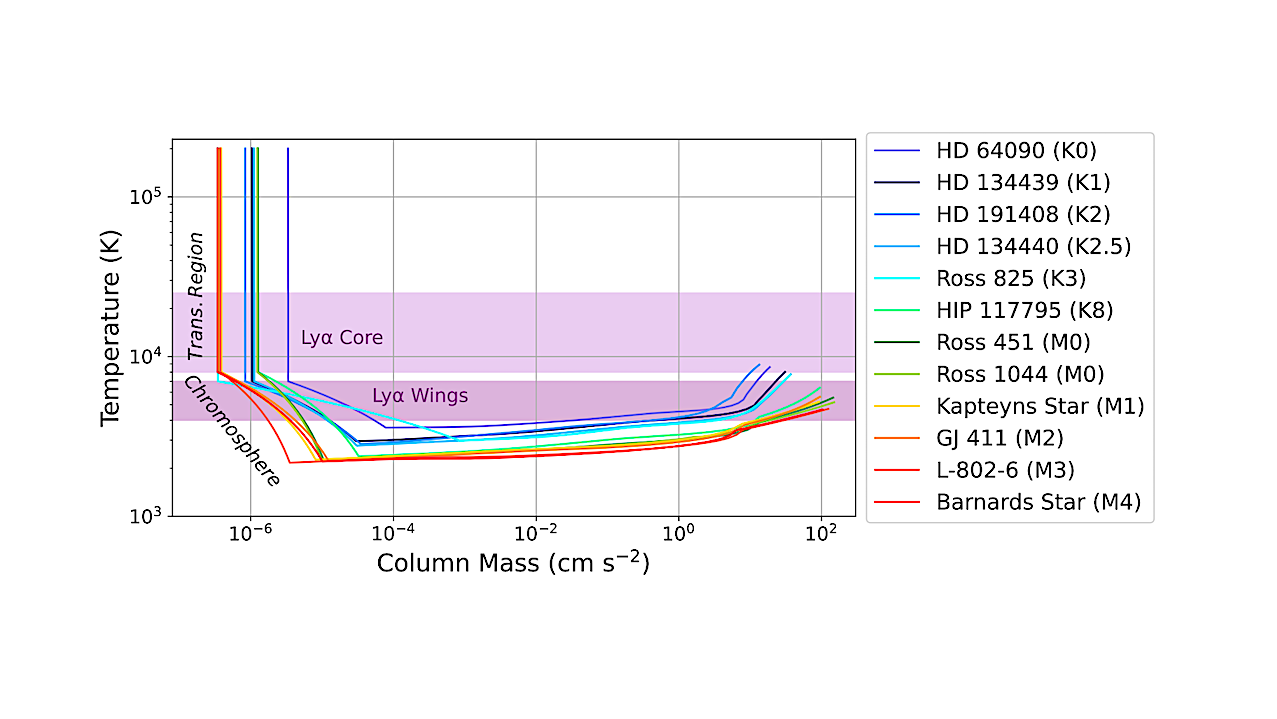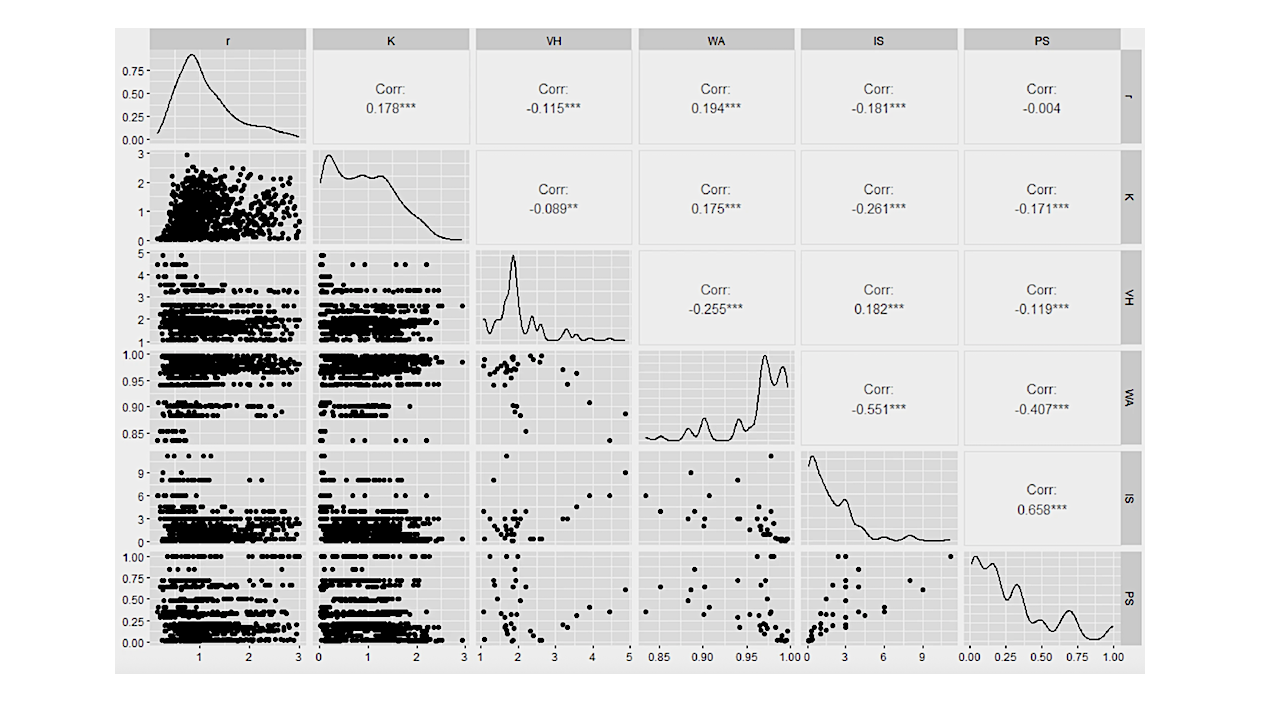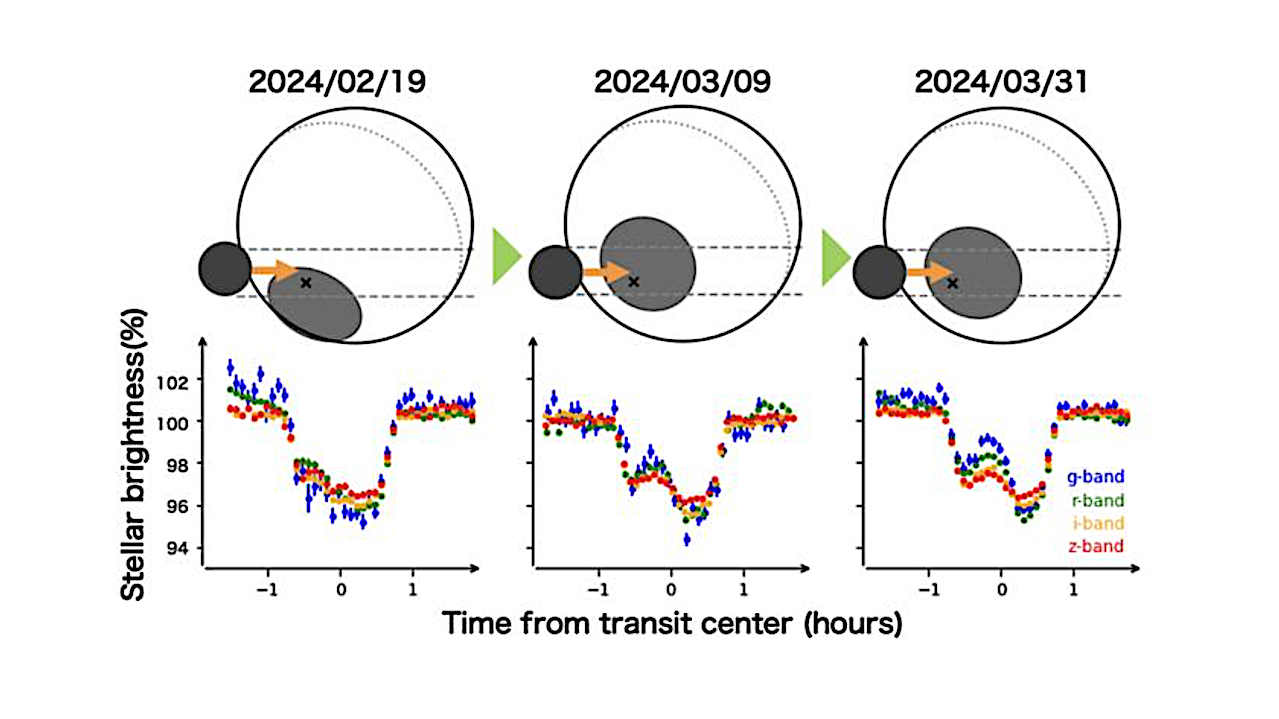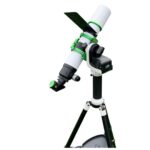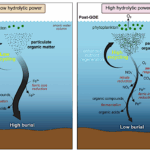Reduced flux maps of HD 143811 AB obtained by Gemini/GPI in 2016 and 2019 (left and center) and Keck/NIRC2 in 2022 (right). These images are 2” × 2”. North is
Astrobiology24- Page
The Workshop on Bennu and Ryugu: Samples from the Early Solar System is scheduled for October 7–9, 2025, at the Lunar and Planetary Institute (LPI) in Houston, Texas. Purpose and
Sulfur crystals found inside a rock after NASA’s Curiosity Mars rover happened to drive over it and crush it on May 30, 2024. This discovery supports new research led by
Discover how simple chemistry can make the building blocks of life. These reactions may be widespread in our solar system, including on worlds that may support life today or in
After arrival at ESTEC, the European Space Agency’s Plato spacecraft was unloaded from its container and moved into the cleanroom. Here it is tilted to a horizontal position on a
During the ISSOL meeting in Barcelona in 1993, an excursion was taken to the Codorniu Winery nearby. This image was taken of Richard S Young, Donald DeVincenzi, John Rummel, and
An artist’s impression of our Milky Way Galaxy, showing the location of the Sun. Our Solar System is about 27,000 light years from the centre of the galaxy. The nearest
Temperature-column mass structures for the models of each star. We shade the approximate temperature ranges over which the core and wings of Lyα forms in purple (≈8000–25,000 K for the
Assessment of ion parameters for correlation along fitted parameters growth rate (r) and carrying capacity (K) to identify multiple collinear predictor variables. The four ion parameters used for subsequent models
Astronomy & Telescopes Status Report National Institutes of Natural Sciences September 12, 2025 Light curves (bottom) of three spot-crossing transits of TOI-3884b observed with MuSCAT3 and MuSCAT4, together with models
-
 012024 in Review: Highlights from NASA in Silicon Valley
012024 in Review: Highlights from NASA in Silicon Valley -
 02Panasonic Leica Summilux DG 15mm f/1.7 ASPH review
02Panasonic Leica Summilux DG 15mm f/1.7 ASPH review -
 03How New NASA, India Earth Satellite NISAR Will See Earth
03How New NASA, India Earth Satellite NISAR Will See Earth -
 04And Thus Begins A New Year For Life On Earth
04And Thus Begins A New Year For Life On Earth -
 05Astronomy Activation Ambassadors: A New Era
05Astronomy Activation Ambassadors: A New Era -
06SpaceX launch surge helps set new global launch record in 2024
-
 07Space Force plans new ‘Futures Command’ amid pressure to speed up modernization
07Space Force plans new ‘Futures Command’ amid pressure to speed up modernization


